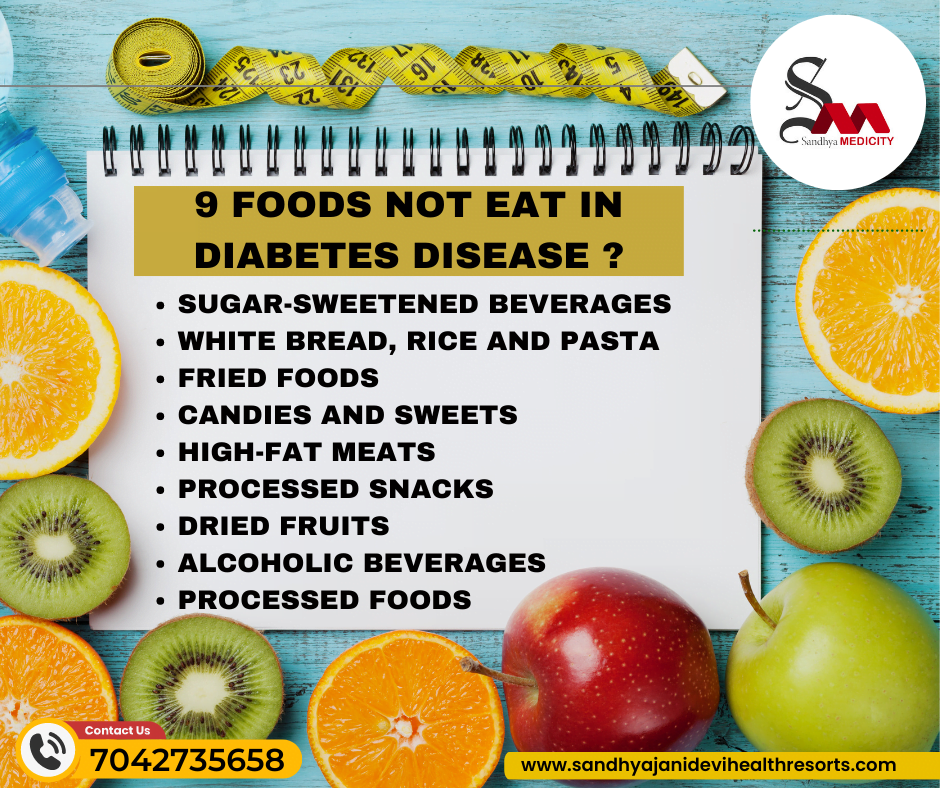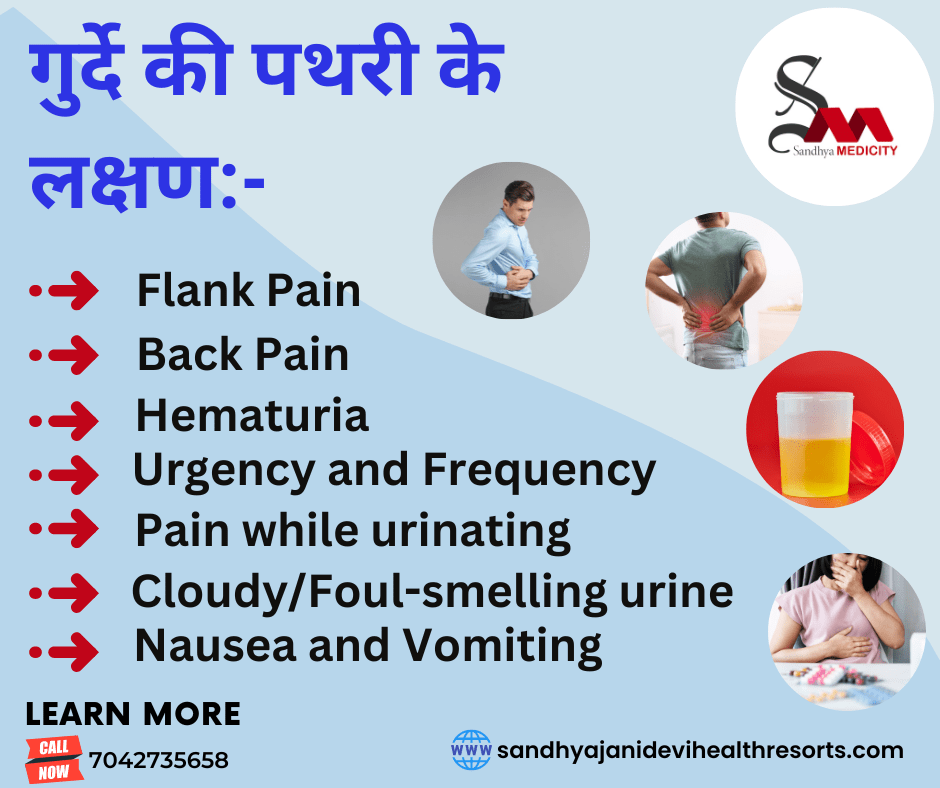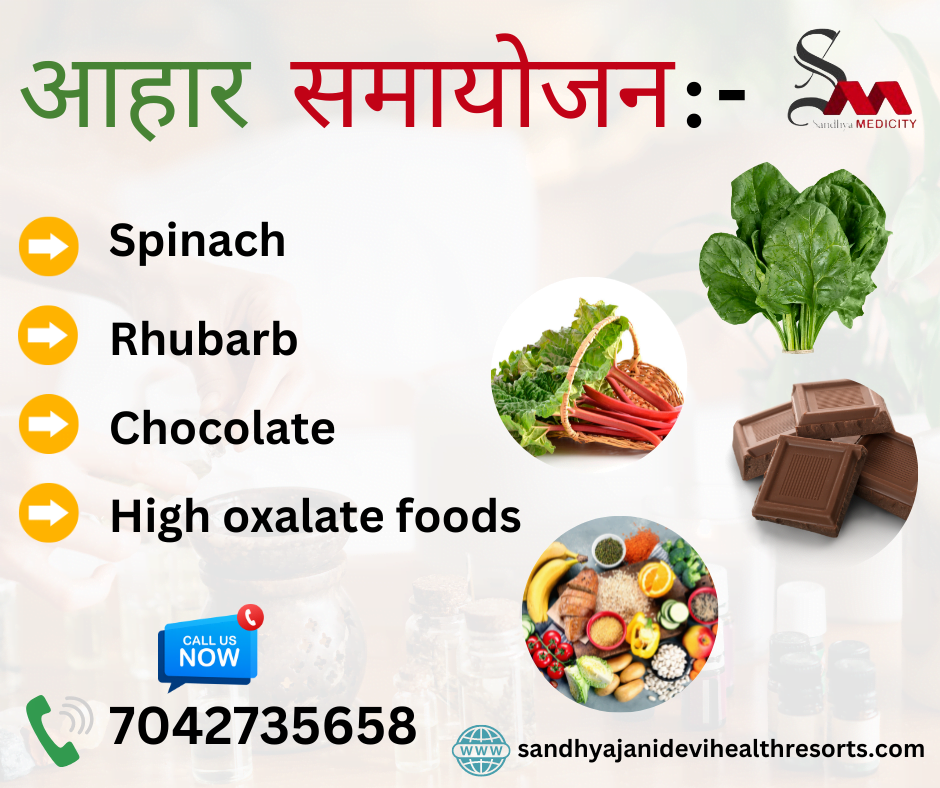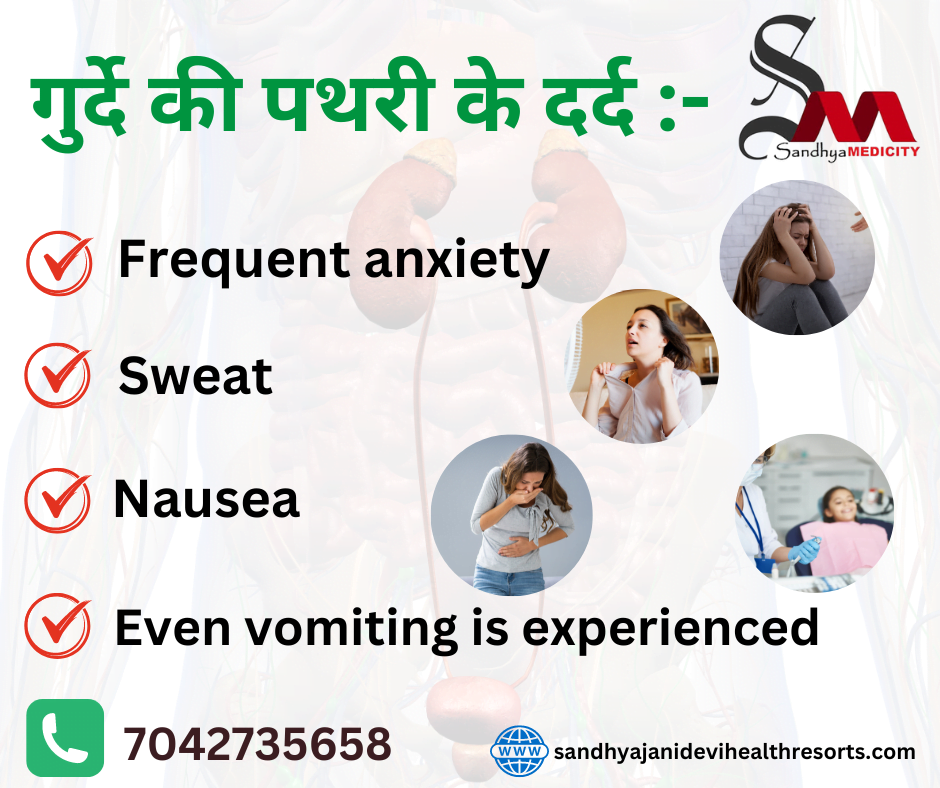What Foods To Avoid With Diabetes Patients?
Foods to Avoid with Diabetes Patients – Diabetes is a disease that affects millions of people globally and is characterized by high blood sugar levels due to the body’s inability to effectively produce or use insulin. foods not eat in diabetes One way to manage diabetes is through a healthy diet. 9 Foods not eat in Diabetes 1. Sugar sweetened beverages This includes soft drinks, energy drinks and sweetened juices. These beverages contain high amounts of added sugar which can cause a rapid rise in blood sugar levels. Additionally, these drinks have no nutritional value and may contribute to weight gain, which is a risk factor for diabetes. 2. White bread, rice and pasta These foods are highly processed and have a high glycemic index, which means they can cause a rapid spike in blood sugar levels. Choosing whole grain options will provide more fiber and nutrients and help stabilize blood sugar levels. 3. Fried foods Fried foods like french fries, fried chicken and donuts are high in saturated and trans fats. These types of fats can raise cholesterol levels and increase the risk of heart disease, a common complication of diabetes. Opt for baked or grilled foods instead. 4. Candies and Sweets These foods are high in added sugars and can cause a rapid spike in blood sugar levels. Additionally, they provide no nutritional value and may contribute to weight gain. 5. High-fat meats Meats such as beef, pork and lamb can be high in saturated and trans fats, which can raise cholesterol levels and increase the risk of heart disease. Opt for leaner protein sources such as chicken, turkey, fish and plant-based protein sources. 6. Processed snacks Processed snacks like chips, crackers and snack cakes are high in sodium and saturated fat. These foods provide little nutritional value and may contribute to weight gain and other health problems. 7. Dried fruits While dried fruits may sound like a healthy snack, they can be high in added sugars and carbohydrates. One serving of dried fruit can contain the same amount of carbohydrates as several servings of fresh fruit. Stick to fresh fruit instead. 8. Alcoholic beverages Alcoholic beverages can cause a rapid rise in blood sugar levels and contribute to weight gain. Additionally, alcohol can interfere with diabetes medications and increase the risk of hypoglycemia. 9. Processed foods Foods to Avoid with Diabetes Patients – Processed foods such as frozen dinners and convenience foods are high in sodium, added sugars, and trans fats. These types of foods provide little nutritional value and can contribute to weight gain and other health problems. Finally, a healthy diet is an essential aspect of managing diabetes. By avoiding these ten foods, foods not eaten in diabetes you can help stabilize blood sugar levels, reduce your risk of complications, and improve your overall health. Diabetic patients should pay special attention to their diet. Foods such as white bread, rice, pasta, potatoes, and sugary beverages such as soft drinks and juice are among those that should be avoided. This includes foods such as candy, soda, and pastries. Trans fats found in commercial baked goods and fast foods should also be avoided. Some fruits like bananas or grapes are high in sugar and should be eaten in moderation. People with diabetes should use sugar substitutes instead. Opt for fiber-rich vegetables, fruits, lean proteins, nuts, healthy fats found in seeds, and avocados, whole grains like oats and quinoa, and herbal or unsweetened teas. Planning a balanced diet can help in managing blood sugar levels effectively. GET IN TOUCH Book Appointment
What Foods To Avoid With Diabetes Patients? Read More »






